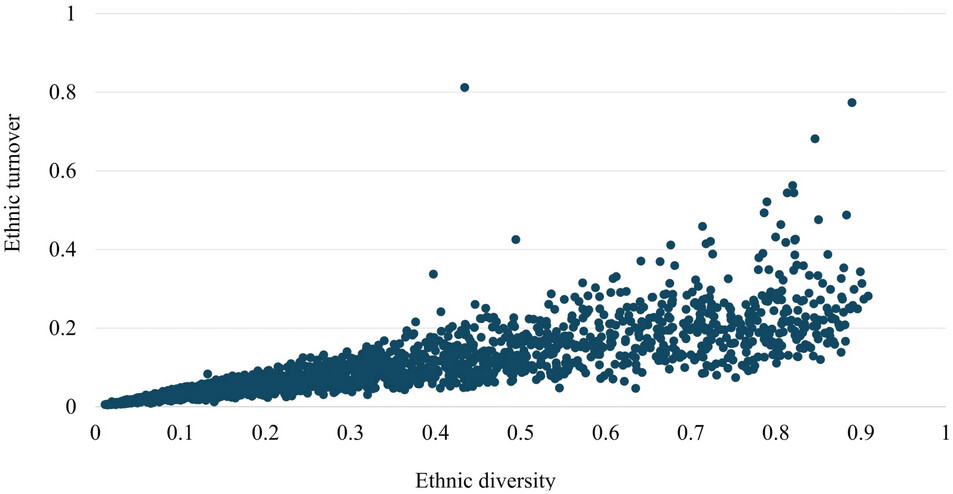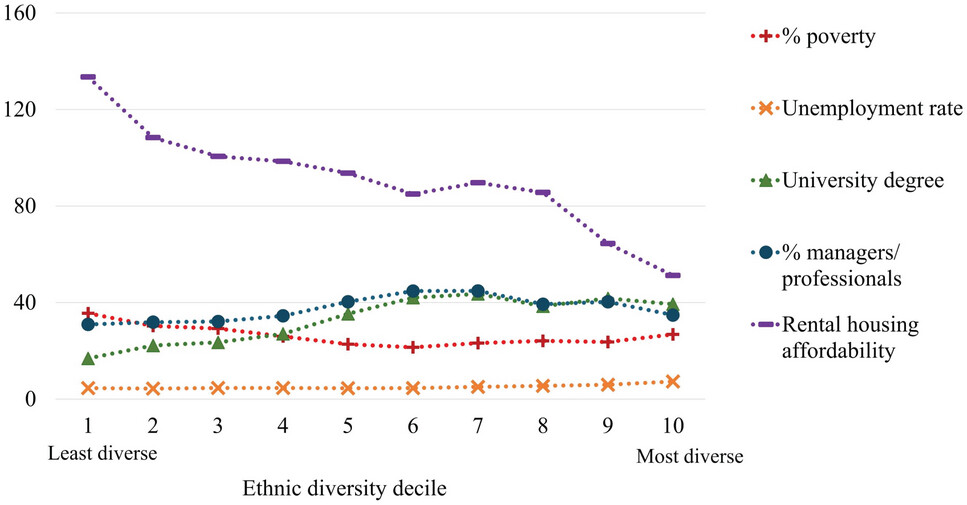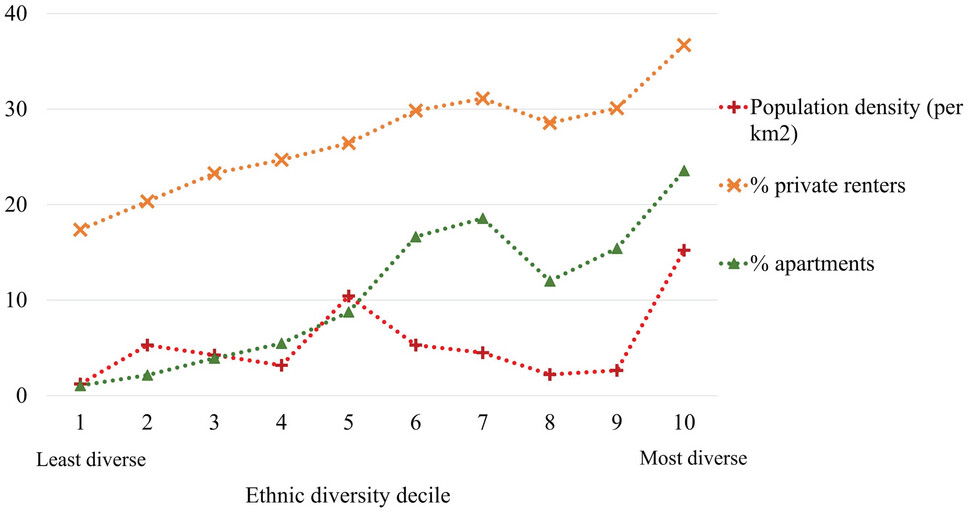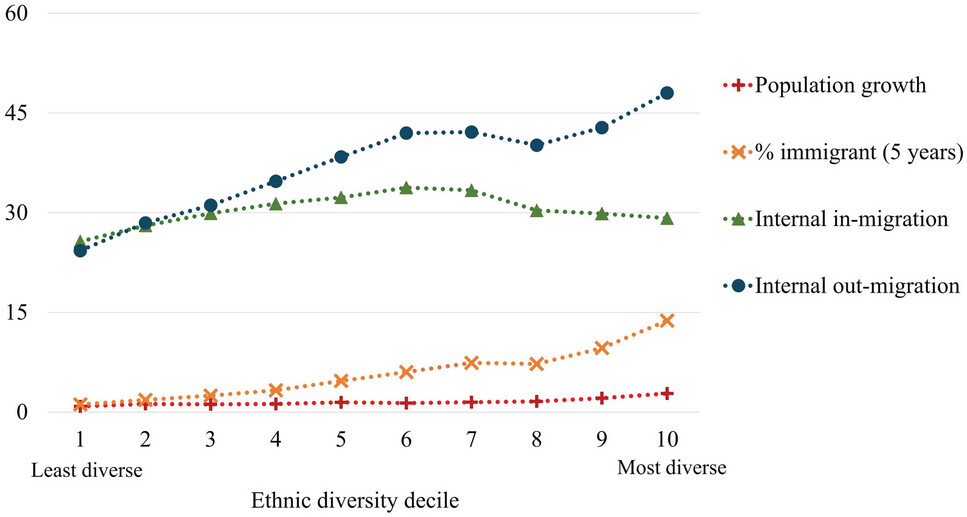It’s almost a daily occurrence to hear Liberal-National Coalition and Labor politicians repeat the mantra that “multiculturalism and ethnic diversity is a strength for Australia”.
Of course they will keep repeating this. The main parties (or the uniparty) have implemented multicultural immigration policies for half a century, and supported opening up migration channels to the Asia Pacific region going back to the 1970s.
However, it is the enormous increase in non-European immigration over the past two decades that has resulted in rapid demographic change across Australia.
Put in a historical context, the net inflow of 3.83 million non-European migrants in just 20 years is unprecedented, unsustainable, and proving to be detrimental to the quality of life of many Australian citizens.
A recent Australian National University study published in Population and Development Review observed negative associations between ethnic diversity and neighbourhood trust and cohesion, and found that greater diversity is correlated with higher ethnic turnover and lower rental affordability.
The study from ANU’s School of Demography, which began by noting that “compelling evidence from around the world suggests that ethnic diversity is detrimental to neighbourhood trust and cohesion”, examined six of the most diverse suburbs in Australia between 2006 and 2021.
The findings were very concerning.

Each of the six communities – Parramatta, Auburn and Wentworthville in Sydney, and Dandenong, Truganina, and Clayton South in Melbourne – showed a high correlation between an increase in ethnic diversity and turnover of the ethnic composition of the population.
The suburb of Truganina in southwest Melbourne, for example, had a majority English-speaking population as recently as 2006, when 74% of the population spoke English, but by 2021 this had plummeted to just 28% speaking English at home.
“Substantial housing development led to rapid population growth and very high levels of measured turnover, driven by the influx of recent migrant groups, particularly Punjabi, Urdu, and Hindi speakers,” the study noted in reference to Truganina.
“Evidently, therefore, recent migration is contributing not only to population growth in diverse communities but also to substantial shifts in the ethnic composition of the population as new migrant groups come to co-reside alongside older and more established migrant and minority groups or move into newly established communities.”
Nearly all of the local areas surveyed in the study showed a significant decline in the share of the English speaking population over the 15-year period, with Auburn being a notable exception as it was only 16% in 2006 and fell to 13%, while Clayton South showed a 5% decline to 30%.

The study also found that increased diversity in a community was not only correlated with high ethnic turnover, but negatively affected social cohesion and neighbourhood trust.
A one standard deviation increase in ethnic diversity is associated with a 1.5 percent reduction in cohesion among Australian-born residents, and a 1.2% reduction for the foreign-born.
The authors noted that the size and significance of the associations shrunk when controlled for other variables such as housing and job stress, but stated that the collinearities between variables made it “very difficult, if not impossible” to isolate the effect of diversity.
In addition to the impact of diversity on ethnic turnover and social cohesion, the study also found that the more diverse a neighbourhood is, the higher the levels of internal out-migration, population density, apartments, private renters and rental unaffordability.



“Most striking is the decline of rental affordability as diversity increases,” the author stated.
“In diverse urban communities in particular, tight housing markets mean that low-income renters may pay a higher rent burden and subsequently face greater housing and financial pressures than similarly low-income renters in less diverse communities.”
The study concluded that ethnic turnover creates “demographic instability” that “may impede processes of intergroup contact as people and communities reside alongside ever-changing and more differentiated groups” and lead to social strife.
“In disadvantaged urban communities, tight housing markets and weaker labour markets may exacerbate pressures, perceived threats, and the potential for intergroup tension or conflict,” the study stated.
As noted by the author, the study “echoes much of the literature and suggests that people living in diverse communities, irrespective of the causes, perceive less trust and cohesion in their immediate surrounds than residents of less diverse communities”.
These findings stand diametrically opposed to the aforementioned mantra that “multiculturalism and ethnic diversity is a strength for Australia”.
The deterioration of neighbourhood trust and cohesion in ethnically diverse communities in fact adds strength to the argument that the Australian public could get behind the concept of remigration – a plan that provides incentives for non-European migrants to return to their ethnic homelands.
Jim Anthony is a researcher at End Mass Migration – Australia, and previously worked as a Researcher and Policy Adviser for a former member of the Western Australia State Parliament. He can be found on X here.
The post Diverse suburbs suffer from ‘ethnic turnover’ and rental unaffordability, study shows first appeared on The Noticer.
The Noticer




 T1
T1



